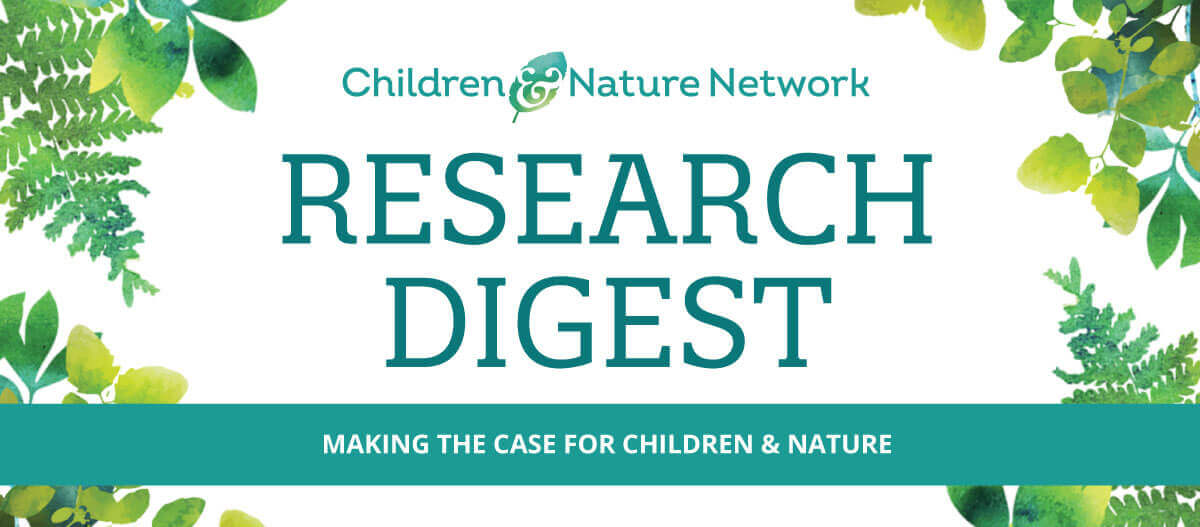Nature connection as a way of promoting health and well-being
Numerous Native American cultural traditions are related to connection to nature and are seen as critical for the health and well-being of children and families. Educational and health care professionals should recognize the importance of these traditions and acknowledge or integrate them into their work with Native American children and families.
Participating in cultural activities in nature is important to the health of American Indian and Alaska Native children with disabilities
The participation of American Indian and Alaska Native children with disabilities in cultural activities (e.g., annual canoe journey, berry picking) is important for their well-being. Families try to facilitate children’s participation in these activities. However, children with disabilities and their families face numerous barriers, such as appropriate accommodations to attend the activities. In addition, cultural activities are rarely acknowledged by the rehabilitation professionals working with Native children with disabilities. Considering cultural traditions and sharing decision-making with children and families would help meet the needs of these children.
Fuentes, 2019. Culture, health, function, and participation among American Indian and Alaska Native children and youth with disabilities: An exploratory qualitative analysis.
Integrating Navajo traditions into school nutrition and gardening lessons may help reduce obesity among Navajo children
Navajo traditions were intentionally integrated into a pilot garden-based intervention program for students attending a small Navajo Nation school in New Mexico (U.S.). The ultimate aim is to address obesity concerns by increasing students’ fruit and vegetable consumption through a strong emphasis on the Navajo language and culture, including integrating Navajo traditions. Formative assessment suggested that students enjoyed the hands-on garden activities and using what they grew for preparing snacks. School staff noted the importance of aligning the programming with state academic standards and Diné educational standards.
Ornelas et al., 2021. Engaging school and family in Navajo gardening for health: Development of the Yéego intervention to promote healthy eating among Navajo children.





